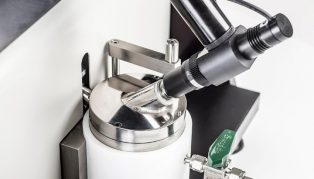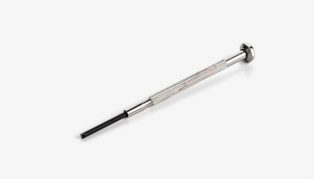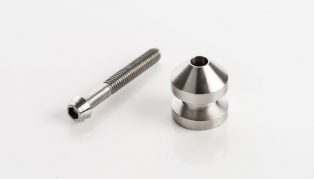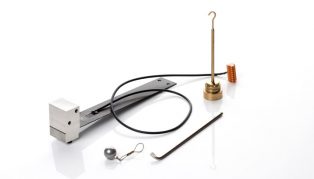Tribology and Sensory Attributes of Food Dispersions
10 Jan 2009
Author: A. Chojnicka-Paszun
The impact of food industry on societal aspects grows dynamically, thereby posing new challenges for food developers to comply to …
The impact of food industry on societal aspects grows dynamically, thereby posing new challenges for food developers to comply to consumer demands. Consumers expect new and more sophisticated products that are tuned to their very specific needs, like health and life-style. This means that food products must be fully programmable to meet these market demands. The taste, smell, and texture perception of food are the most important properties that influence the consumer’s experience. To provide control over these features the physics behind them during oral manipulation and structure breakdown must be understood. Most desirably, the physical properties can be tightly linked to attributes of oral perception. In this thesis the texture of semi-solid and liquid (model) food is studied using Quantitative Descriptive Analysis. Despite the quantification of sensory scores, it remains difficult to translate these into food physical characteristics in an absolute mode. For that reason, in parallel a physical study is performed using mainly tribology to provide quantitative description of the mechanical processes in the oral environment.
Therefore, the experimental setup is adapted such to mimic oral conditions by employing soft surfaces. Next to more complex commercial products, like milk, the samples studied include aqueous dispersions of protein aggregates or polysaccharides, and emulsion filled gels. These components may contribute to fat-feel in low or no-fat dairy products and provide a major uncertainty in predicting the sensorial restraints of the product. In this thesis we investigate how various factors influence the friction of above-mentioned systems and how this friction can be understood at a more fundamental level. In addition, the surface effects are studied in detail to determine how sensitive the choice of the oral surface analog is on the friction and what the most important surface properties are that are relevant to better predict sensory attributes. In this thesis we present an overview of correlations obtained between different sensory attributes and frictional data. We show that oral perception can be translated into physical quantities using friction.
The best correlations are obtained for physical conditions that resemble most the oral environment, i.e. speed below 50 mm/s, shear rate of about 50 s-1 and soft, rough surface. For instance a low friction coefficient correlates well with the creamy perception of the consumer. This finding may contribute to develop healthy foods with a full fat creamy taste. Moreover, samples with low friction coefficient can be perceived as soft and velvety, while high friction results in rough texture perception. Some attributes, like filmy or slimy, correlate better with viscosity, as their perception is determined by the bulk properties of a sample rather than interaction with oral surfaces. In a few cases the correlation with friction coefficient could not be established, e.g. for sticky or powdery attributes. The latter one, however, shows a good correlation with particles size if they are present in the solution. This thesis presents a comprehensive picture of the relation between physical quantities and sensory attributes and provides a step forward towards a better control over oral perception of food.



































